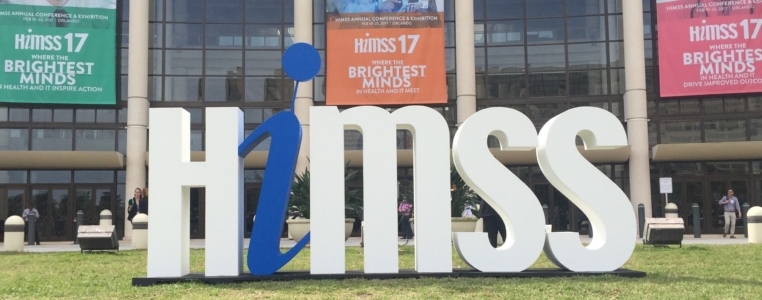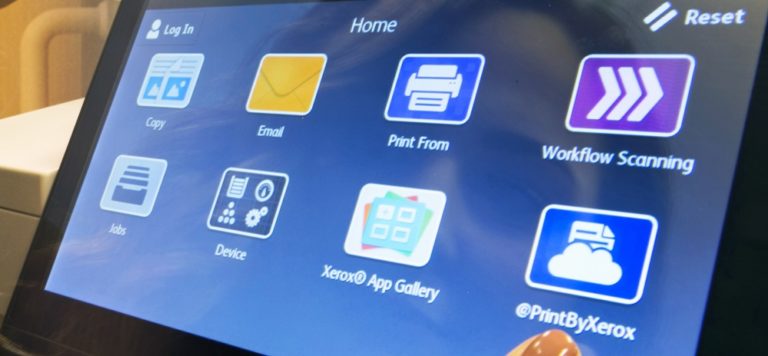Personal Rapid Transit (PRT) technology is enjoying a resurgence around the world – especially in airports.
By Jonathan Barnes
When West Virginia University opened its personal rapid transit (PRT) system in 1975, it seemed on the edge of high tech. The short distance, small vehicle-focused people transporter helped the university to expand enrollment from 10,000 to 30,000, by enabling tighter class schedules and ensuring students could arrive on time. These days the system is still running, after a software upgrade and other retrofits.
Several airports and municipalities are considering installing such autonomous vehicle transport systems that typically carry between one and four people [but can be designed for more riders, as was WVU’s system]. The benefits of PRTs include lower operational energy costs, time savings for travelers, a quiet pollution-free ride and point-to-point traveling to stations. These and other factors, like a low cost to install, are bringing renewed interest in the technology.
 Worldwide, three other PRT systems are in use: one at Heathrow Airport, England, and another in Masdar City, UAE. A Suncheon, South Korea, system is partly open and scheduled to be fully operational this year.
Worldwide, three other PRT systems are in use: one at Heathrow Airport, England, and another in Masdar City, UAE. A Suncheon, South Korea, system is partly open and scheduled to be fully operational this year.
Airport officials like the increased security offered with PRTs. Individuals and small groups can be tracked while being transported and travel on fenced-in, sometimes elevated tracks from the parking lot to the airport or directly to terminals, if the system is designed so.
Officials in Greenville, S.C., and San Jose, Calif., are considering PRT systems. San Jose recently completed a study of their version of a PRT: a proposed Automated Transit Network (ATN), the local officials’ way of building on an old idea to make it their own, for their city’s airport.
“We concluded ATNs have enormous promise and appear to provide quality service to passengers. However, the technology hasn’t been proven at the level of complexity that would have been required at the airport,” said Laura Stuchinsky, sustainability officer-transportation for the City of San Jose. “The airport has very steep demand during peak service — much higher demand than the systems built so far. We had planned 10 stations.”
While San Jose officials are not building a PRT transport because of questions about how well the technology would work for the 10-station system they had devised, they were impressed and are staying open to using PRT technology in the future.
Across the pond, Heathrow officials are planning a second PRT system to connect parking lots to other parts of the airport. Ultimately, the two Heathrow systems will be linked, said Peter Muller, owner of PRT Consulting, Inc., in Franktown, Colo.
While various North American, European and Asian airports are considering PRT systems, a heavily subsidized test track in Guadalajara, Mexico has been running since 2012. Places like Brazil and Singapore could have PRT systems soon, Muller said.
“They’re seeing it work in different places,” Muller said. “Heathrow did the PRT because no other system would work for them [due to the existing infrastructure]. The cost to implement a PRT system, compared to a conventional people mover, is one-quarter to one-third.”
Energy use is about a third of trains and buses per passenger mile, Muller said. “PRT systems also help people with way-finding [by complementing signage, maps and other info and giving point-to-point travel],” he said. “It allows you to build airports in a way that is more secure.”
Muller started his company eight years ago and is finally seeing widespread interest in the technology. He and San Jose officials agree that greater efficiency could be achieved with larger PRT configurations.
“The three existing systems are small applications with a few stations. They work well, but are just the tip of the iceberg and don’t represent the potential,” Muller said.
(This article was first published in Real Business, a website from Xerox that provides ideas and information for decision makers in business and government.)



Very interesting article interesting to observe the further development of the project.